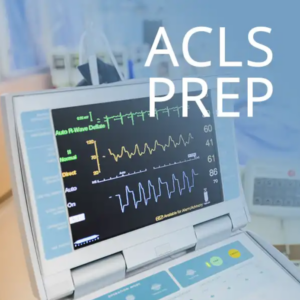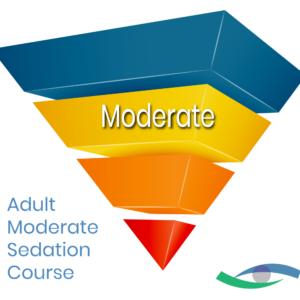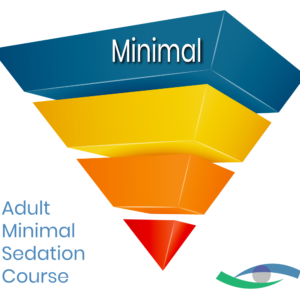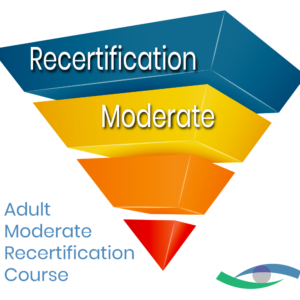High blood pressure or hypertension is among the most prevalent chronic conditions affecting adults worldwide. For medical and dental professionals involved in sedation practices, managing hypertensive patients presents unique challenges. Effective blood pressure control during sedation is the key to minimizing perioperative risks, enhancing patient safety, and promoting optimal outcomes. Explore the best practices for managing hypertension in sedation patients to elevate your standard of care.
Understanding Hypertension in the Context of Sedation
Hypertension is often called the “silent killer” because it frequently remains asymptomatic until significant damage to vital organs occurs. It is a leading risk factor for cardiovascular disease, stroke, and kidney failure. The stakes become higher in the context of sedation, where blood pressure fluctuations can dramatically affect patient safety.
For example, patients with uncontrolled hypertension are at increased risk of hypertensive crises, stroke, or myocardial infarction during sedation. Sedation agents can also lead to vasodilation and hypotension, posing a risk for patients who may not tolerate sudden drops in blood pressure due to preexisting cardiovascular compromise.
Preoperative Assessment and Preparation
Managing hypertensive patients begins with careful preoperative planning. A thorough assessment sets the stage for successful sedation and identifies potential red flags that may necessitate modifications to the sedation plan. Here’s what a preoperative assessment should include:
- Medical history: The first step is to gather an accurate and detailed medical history. This includes learning how long the patient has been hypertensive and the extent of their condition; any comorbidities such as diabetes, chronic kidney disease, or hyperlipidemia; and their current high blood pressure medications, such as beta-blockers, ACE inhibitors, or diuretics.
- Organ damage assessment: Next, assess for signs of damage to vital organs. Evidence of left ventricular hypertrophy, retinopathy, or renal dysfunction may indicate poorly controlled hypertension and heightened procedural risks.
- Blood pressure measurements: Before administering sedation, take accurate blood pressure measurements. Use appropriately sized cuffs and take multiple readings to establish a reliable baseline. Remember that stress or anxiety related to the medical procedure can cause temporary elevations (white-coat hypertension), which may require additional clarification through ambulatory blood pressure monitoring.
- Elective sedation deferment, if necessary: If a patient presents with significantly elevated blood pressure, elective sedation should be deferred until better control is achieved, or an anesthesia provider may be needed to be consulted. Collaboration with the patient’s primary care physician or cardiologist may be necessary for medication adjustments or additional interventions.
Intraoperative Management of Hypertensive Patients
Maintaining stable blood pressure during sedation is paramount. Even minor deviations can have amplified effects in hypertensive patients. Here are the top tips for monitoring hypertensive patients while sedated and intervening when necessary:
- Select suitable sedative agents: Agents such as propofol are commonly used due to their rapid onset and favorable hemodynamic profiles. However, caution is warranted as propofol can cause hypotension, especially in patients with compromised cardiovascular function, thus the black box warning on who should be administering this agent.
- Manage pain and sympathetic response: Uncontrolled pain or surgical stimulation may trigger elevated blood pressure and heart rate. Using adequate pain relief with opioids or local anesthetics helps control these reactions and keeps blood pressure stable.
- Monitoring and intervention: Continuous monitoring of vital signs, including blood pressure, heart rate, and oxygen saturation, is mandatory. Invasive arterial blood pressure monitoring may provide higher accuracy and safety for patients with severe hypertension or comorbidities.
- Volume management: Hypovolemia worsens the risk of hypotension during sedation. Preloading with intravenous fluids helps maintain blood pressure, especially in patients taking diuretics or those who are volume-depleted. Care must to taken to avoid a fluid overload situation.
- Drug adjustments and vasopressors: Low blood pressure during the procedure can be treated with vasopressors, while sudden spikes in blood pressure may require short-acting antihypertensive drugs.
Postoperative Care
Managing hypertensive patients after the procedure remains challenging due to the risk of delayed complications, including hypertensive crises or hypotension. Careful observation and appropriate interventions promote a smooth recovery. Here are the recommendations:
- Resume regular medications promptly: Reinitiating the patient’s high blood pressure medication prevents rebound hypertension, particularly in patients who discontinued beta-blockers or clonidine before the procedure.
- Educate and follow up with patients: Patients should receive clear instructions on resuming their medications, recognizing signs of complications, and scheduling follow-up appointments with their healthcare provider.
- Consider specific populations: Managing hypertensive patients requires tailoring strategies to at-risk groups. These include elderly patients who are more prone to the blood pressure-altering effects of sedation; patients with resistant hypertension; and patients with obstructive sleep apnea who require additional precautions like airway management and the use of continuous positive airway pressure (CPAP) during sedation.
Sedation Education from The National Sedation Center
If you need sedation certification or continuing education credits, choose NSC. Our standardized, evidence-based sedation education programs are designed for non-anesthesia healthcare professionals providing sedation outside the operating room. We teach essential skills, including hypertension and airway management, to enhance patient safety. Contact us for more information about our adult sedation courses and to discover how NSC certification can benefit your practice.






